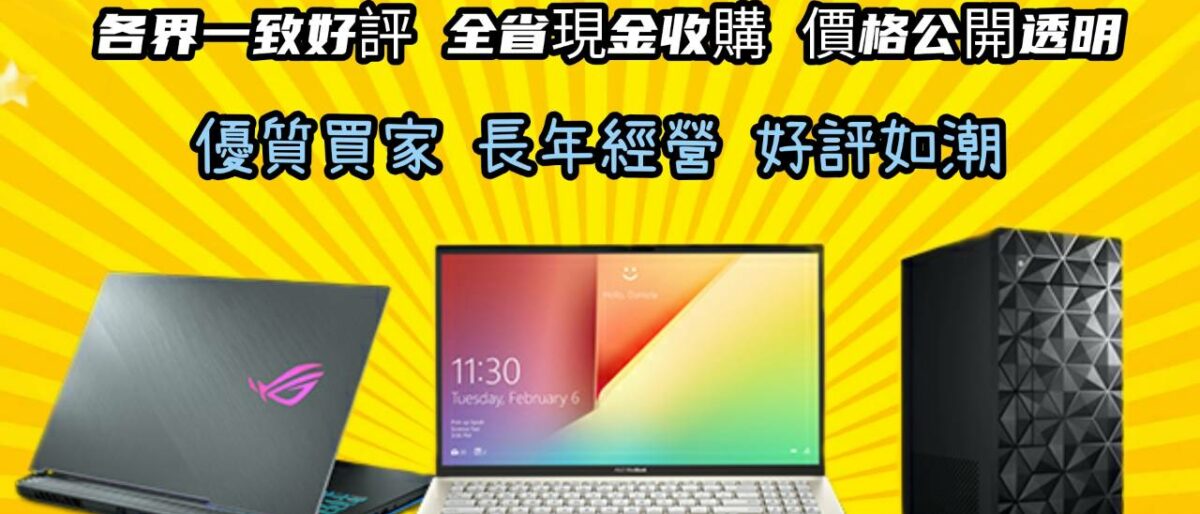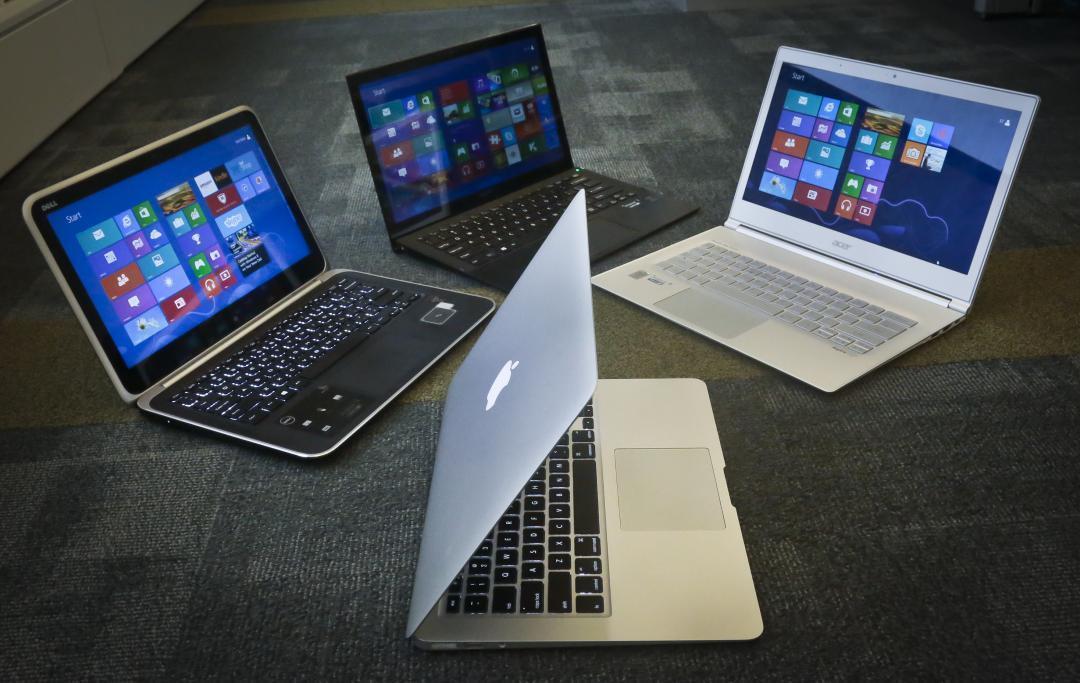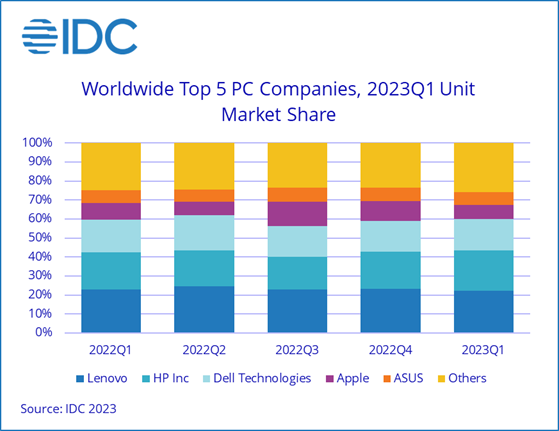各款式主機收購 筆電收購 收購ASUS筆電 收購ROG電競筆電 收購ACER筆電 收購Msi電競筆電 收購微軟 看全文

我們專業經營各項3C高價回收,收購電競筆電,文書筆電,輕薄筆 電,MSI,ASUS,ACER,HP,Razer,GIGABYBE,Microsoft,,多通路多管道,非坊間垃圾回收價,價格不怕您比較,歡迎企業戶汰舊換新,續約販賣,分期換現,電競筆電, 二手汰舊,手機,筆電,相機,鏡頭,空拍機
主機收購
Some companies may be giving up on the idea of Android gaming phones, but not 主機收購asus, which is releasing the ROG Phone 7 today. It has all the trademark “gamer” laser-beam design language and flashy LEDs, but also some wild engineering additions when it comes to cooling your super-hot phone.
Specs include a Snapdragon 8 Gen 2 SoC, 16GB of RAM, 512GB of storage, and—the highlight of the spec sheet—a whopping 6000 mAh battery with 65 W charging. The display is a 165 Hz, 6.78-inch, 2448×1080 Samsung AMOLED. The phone has two USB-C ports, one on the side and one on the bottom, and a headphone jack. There are three rear cameras, a 50 MP main camera, a 13 MP wide-angle, and a 5 MP macro, while the front camera is 32 MP.
There are two models, the ROG Phone 7 and ROG Phone 7 Ultimate. The specs are the same; the ultimate just adds a rear “ROG Vision” display. This is a 2-inch OLED display with six different modes to show things like the time, charging level, an incoming call, or a few purely aesthetic animations. The Ultimate model also interfaces better with a clip-on fan accessory, the “AeroActive Cooler 7.”
主機收購asus’ extreme cooling ideas are what make this a gaming phone. 主機收購asus says the phone has a “revolutionary new rapid-cycle vapor chamber design, which increases heat dissipation efficiency by up to 168 percent” over the last ROG phone, which already had better-than-normal cooling.
If you want to cool the phone down, there is a bulky clip-on active-cooling backpack called the “AeroActive Cooler 7.” This comes in the box with the Ultimate model and, for now, is a free preorder add-in for the base model. On the base model, the clip-on fan will blow air over the back and front glass of the phone. When the goal is to cool the chip underneath all that glass, cooling the glass isn’t going to be the most effective thing in the world. On the Ultimate model, though, an electronically actuated trap door on the body of the phone will open up, revealing a copper fin stack that’s attached to an internal cooling plate. The trap door will direct air from the clip-on phone over the fin stack, and at that point, you’re approaching what sounds like traditional CPU air cooling but in a smartphone.
But wait, there’s more. This fan is so serious, it can use external power. The slower settings will work via the phone’s battery, but for faster settings like “frozen” you’ll need to have the phone tethered to power. 主機收購asus also says there is a thermoelectric cooler in the fan backpack, which again sounds like it’s only cooling the glass. It all sounds very effective, but sadly 主機收購asus doesn’t share any hard stats on what to expect regarding lower SoC temperatures. The company promises an “up to 25°C lower back cover temperature,” but cooling the back glass panel isn’t the goal. Glass is an insulator. We want to cool the SoC.
Having a big flap on the back of the phone open up isn’t great for water resistance, so naturally, this only has an IP54 water-resistance rating. That means it’s not even dustproof and is only protected against “splashes” of water. It could probably hold a few mL of water if you really wanted to try.
The clip-on cooler is not just a cooler. The four white sections are all physical clicky buttons you can press with your index fingers. It also has a subwoofer, a USB-C port (for charging and those extra power modes), a headphone jack, and two pogo pins to leech off the phone battery when you aren’t plugged in.
The phone body also has touch-sensitive shoulder buttons called “air triggers.” The air triggers support a ton of gestures, like tapping or sliding or holding the button and doing some kind of gyro motion, like a tilt left or right.
The phone will eventually be for sale in the US, but not until Q2. For now, it’s up for preorder in Taiwan, Hong Kong, and Europe. The base model is 999 euro ($1,104), and the Ultimate model, with the rear screen and fancy cooler packed-in, is 1,399 euro ($1,266).
 (圖/美聯社)
(圖/美聯社)
後疫情時代,隨著遠距居家上班的需求熱潮逐漸放緩,企業過往實施的混合辦公模式已恢復正常,使得今年個人電腦PC市場的全球出貨量,呈現大幅衰退的態勢,尤以蘋果Mac電腦首當其衝,影響最大。
研調機構IDC 發佈最新報告指出,今年2023年第一季全球PC市場的出貨量僅達5,690萬台,不但比去年同期的8,020萬台出貨量大幅衰退、跌幅率達29%,甚至還遠低於 Covid-19 疫情在尚未大爆發之前、2019年第一季度出貨量當時的水位。
由此也反映近3年以來,一度因疫情掀起遠距辦公模式,帶動PC出貨量需求激增的攀升趨勢,已不復見。在出貨量急轉直下的情況下,正考驗著各大PC廠商應對庫存過剩問題的應變能力。
 2023第一季全球前五大PC品牌出貨量與市占排名。(圖表IDC)
2023第一季全球前五大PC品牌出貨量與市占排名。(圖表IDC)
IDC分析指出,目前全球個人電腦PC市場的前五大市占品牌,第一季出貨量達1,270萬台的Lenovo、取得12.7%市佔份額,位居五大品牌之冠。其次第二至五名依序分別為:HP惠普(1,200萬台、21.1%)、Dell戴爾(950萬台、16.7%)、Apple蘋果(410萬台、7.2%)與主機收購asus華碩(390萬台、6.8%)。
其中,蘋果為五大全球PC品牌之中,於今年Q1出貨量下滑衰退最為顯著,相比去年2022年同期,跌幅率高達40.5%,最為慘烈。至於其他三家PC品牌包括:Lenovo、HP與主機收購asus在內,出貨量跌幅也都超過30%以上。相較之下,HP惠普的PC出貨量相比去年同期,跌幅率為24.2%,則是五大品牌之中較低的。
主機收購 主機收購